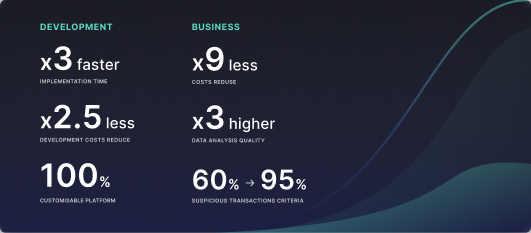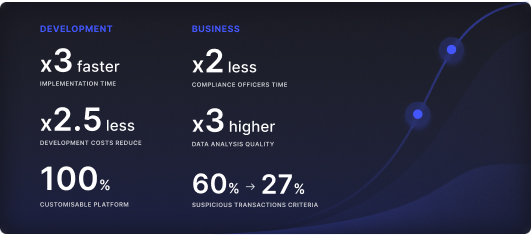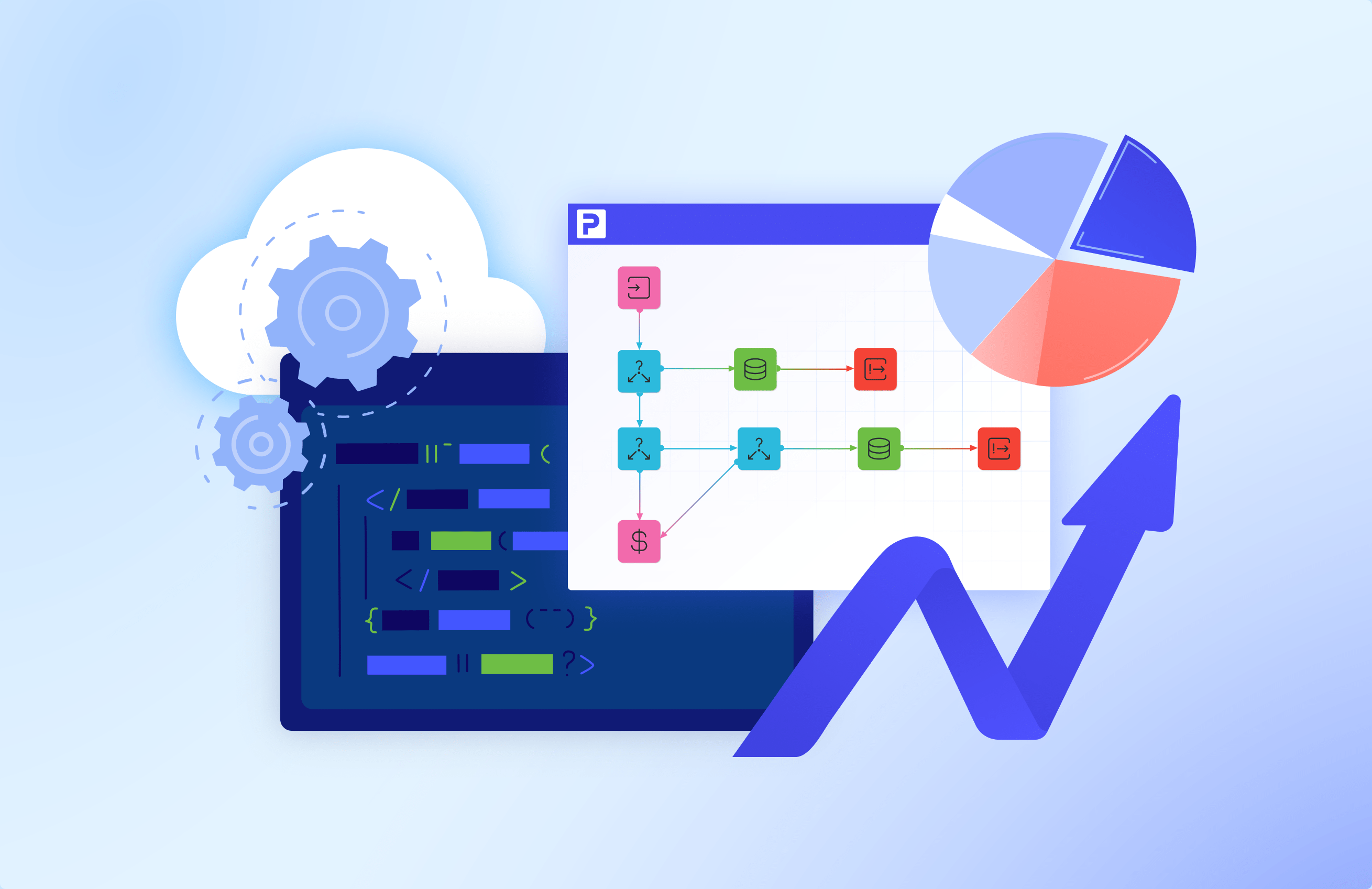Business Rules Management 101


Business rules are a crucial part of any business in the 21st century. They give a business team guidelines to perform any task. Business rules are essential for enterprises where the complexity of services and the number of variables demand meticulous attention from staff members may. At the same time, employees have trouble undertaking multiple decisions themselves. These factors led to the rapid automation of the business rules management processes with specific software, leading to business optimization at a new scale.
Business Rules Management Systems (BRMSs) are humans’ responses to numerous conditions. Digital business rules management gets adapted rapidly, facilitating business processes, reducing human error factors, service precision, etc. You can see the trend in the growing demand for effective rule management. According to MarketsandMarkets estimates, the BRMS market’s CAGR (Compound Annual Growth Rate) will grow 11.8% from 2022 to 2025.

In this article, we focus on the business rules concepts and how you can automate business rules management processes using the latest digital tools.
What are Business Rules?
Any business process includes an order of actions determined by the decisions at every step. The process can be anything: from an online shop offering specific goods or a bank making a loan decision. The rules executed by an employee or a BRMS result in the expected outcomes for the business. Generally, business rules consist of two parts:
- A condition – circumstances that determine the actions;
- An action – response to a situation and the decision made in the first step.
Therefore, optimization of business rules management is a matter of the precise definition of a situation and the appropriate actions. Here are a couple of examples for you to have a clearer picture of what how business rules can look.
Example 1 – loan origination business rule
Condition: The borrower had issues paying previous loans and has no guarantor.
Action: Reject the credit granting and ask a borrower to find a guarantor.
Example 2 – e-commerce discount activation
Condition: A client enters a 5% discount code.
Action: Reduce the total purchase price by 5%.
Other business rules use cases may include:
- Automatic calculations;
- Data validation and distribution;
- Customer ticket rotation;
- Decision-making;
- Client profile evaluation;
- etc.
Any business has an agenda that forms the way the processes get done, no matter what industry it works in. However, the more regulated the industry, the more sophisticated business rules get. For instance, healthcare, manufacturing, finance, and IT businesses follow many laws that penetrate almost every process. To make every process work, relying on the employees means increasing errors and reducing decision time. That’s why these industries pioneering the incorporation of next-gen business rules management solutions.
What is the Business Rules Management System (BRMS)?
Business Rules Management Systems are the platforms that automate and enhance rules management and execution. These platforms are digital spaces where business owners can define and store business rules. BRMSs offer the environment for both business rules creation and existing rules adjustments based on business formal logic. But the icing on the cake is automation. Business Rules Management platforms run the rules automatically, integrated with other business-related software and services.
BRMS users manage the rules across the organization from one interface. Such systems simplify rule actualization and deployment either in the cloud or on-premise. These systems follow the “create once, use anywhere” principle which means that you can scale rules across all the business apps.
Benefits of Business Rules Management Systems
BRMSs have an immense impact on several business dimensions. The benefits of such systems revolve around ease of use, automation, and connectivity. The business rules management platforms serve as a single source of truth for all the enterprise apps, increase scaling speed, and ensure decision-making process reliability.
Lower IT department dependency
As most BRMSs have low-code and no-code functionalities, they don’t require expert software development skills. A citizen developer or regular employee with basic visual development training can handle rule management with such a platform. Eventually, it takes the load off the IT department and speeds up the rule integration process, making your business processes more flexible.
Rules Management Automation
Business rules management software runs rules automatically. Automated rules execution reduces time-to-decision by several times. Moreover, it frees your staff from routine tasks so they can focus on other business-critical tasks.
Reduced Human Error Factor
People can make mistakes due to distractions, fatigue, or other factors that weaken their productivity and focus. The software does not. Automated business management systems strictly follow the business rules scripts once deployed. BRMS rules compliance precision is essential for banks, hospitals, and other businesses where enormous financial resources or lives are at stake.
Integrated Rules Management Environment
Business rules management systems store all the rules in a single data storage and run decision logic for every business app connected to it. With a BRMS, you don’t need to create rule flows for every app separately. The BRMS connectivity also ensures consistent outcomes, applying the same logic to various rules.
Better regulation compliance
A BRMS takes load from employees when it comes to compliance check-ups. It automates the daunting task of decision-making based on multiple regulations.
How does BRMS work?
Any business rules management system includes a definite set of components that perform rules execution. There are three integral components every rule management application has.
- Business rules development environment
This is where the rule origination lies. Business rules management solutions work and employ conditional programming languages and statements. These languages include basic conditional statements like ‘WHEN’, ‘IF-THEN’, ‘ONLY IF’, etc.
Often, the rule development environment in a BRMS is a low-code or no-code user interface. Low-code and no-code tools simplify business rule flow development using visual development tools. It makes the rule creation accessible to non-technical business staff. All an employee needs to create a rule is, to choose a ready-made conditional code component, customize metrics, and drag it to the preferred place on the logic flow. Sophisticated business rules consisting of multiple conditions take the form of decision tables in the business rules management systems.
Low-code BRMSs usually include automatic rules testing tools. They allow users to see if the formal logic follows the intended plan before deploying it.
- A rules repository
Rules repository is a database of any type that stores the business rules. You can integrate your business cloud, NoSQL, or other types of storage.
- Business rules engine
The business rules engine makes your business rules run on any business app inside your digital ecosystem. Owing to this BRMS component, you achieve automated decision-making. Here is how the engine works:
- Receives requests from integrated business apps;
- Checks the request against the related business rules stored in a database;
- Makes a decision following the formal business logic;
- Sends back a decision to the apps that requested the check-up.
BRMS Use Cases
As we mentioned, business rules management systems are crucial for any enterprise with routine business processes. Let’s see some of the most common business rules management platform use cases.
Customer service
BRMSs can automate multiple client-related tasks, including product returns, refunds, promo code activations, e-mail distribution, etc.
Application reviews
Many banks use business rules automation for loan application evaluation and borrower checking. For example, an international bank used ProcessMIX BRMS to reduce loan origination risks and increase credit time-to-decision. (link on the case)
Compliance
Businesses also use rules management platforms to improve their service compliance. It applies to regulations and the availability of services for certain groups of customers. For instance, the rules can regulate items’ rendering on an e-commerce website, showing the customers only the products available in their country, adding to client satisfaction.
ProcessMIX Business Rules Management System
Are you ready to apply the latest business rules management software to improve your business efficacy? If yes, consider ProcessMIX BRMS. ProcessMIX is a low-code platform embedded with a full array of BRMS functionalities.
Intuitive UI
It provides an easy-to-use visual development environment and tons of ready-made conditional components. With ProcessMIX, your employees can create logic flows of any complexity by clicking on the necessary conditions, dragging them, and dropping them on a position in your business logic flow.
Broad customization capacity
If you need to add more complex logic and rules to your flowchart, you can use ProcessMIX IDE to code for any components.
Testing Automation
When the rules flowchart is ready, you can test it on the platform to see if it is working as expected.
Multiple integrations
You can integrate ProcessMIX BRMS with any database, REST/SOAP API, or BPM system. Once you connect PRocessMIX to your business apps, it will automate the rules management process, using AI/ML technologies, RPA, and other tools that facilitate rules compliance audits.
Instant Deployment
ProcessMIX allows you to deploy rules either on-premises (Kubernetes, Docker) or cloud (AWS) in a few clicks.
For more information on ProcessMIX BRMS, contact our support team and get a free consultation regarding your business case.
 Visual Development
Visual Development Assignment of risk level and customer category within KYC processes at customer onboarding
Assignment of risk level and customer category within KYC processes at customer onboarding Cross-Sell Offer Calculation for the 12M Client Base
Cross-Sell Offer Calculation for the 12M Client Base


